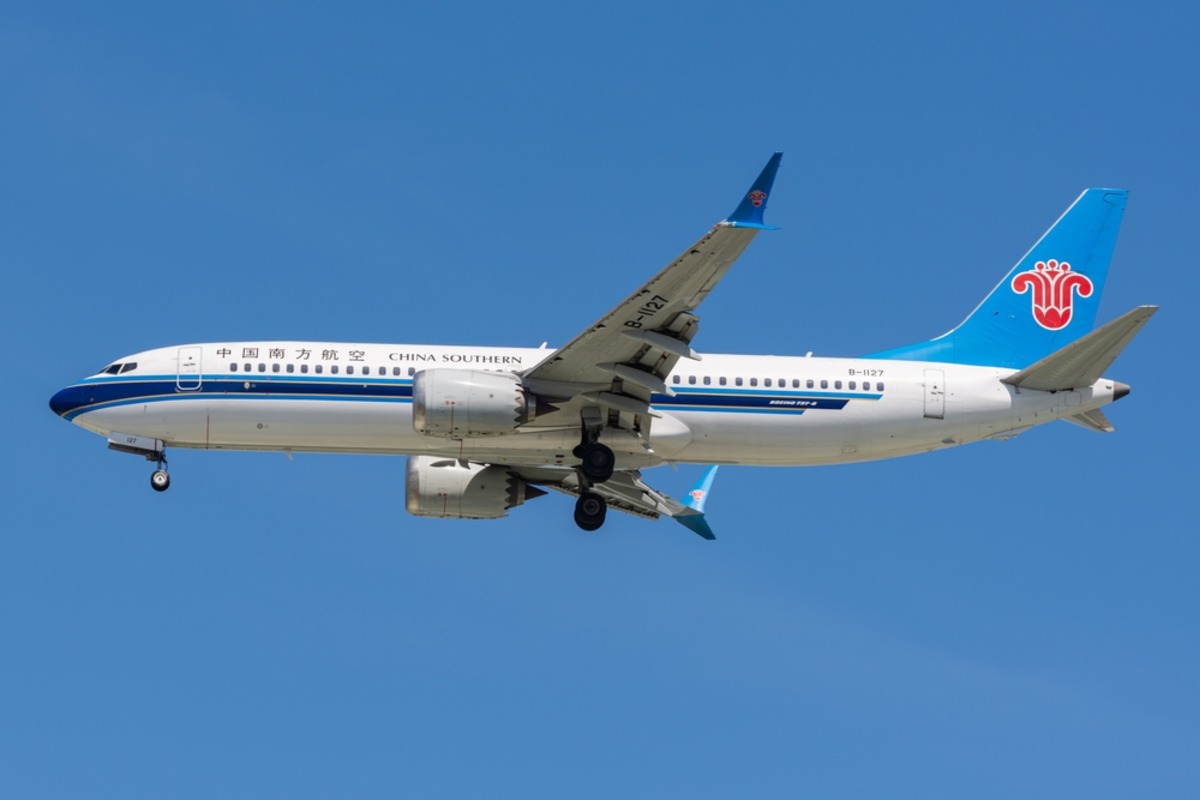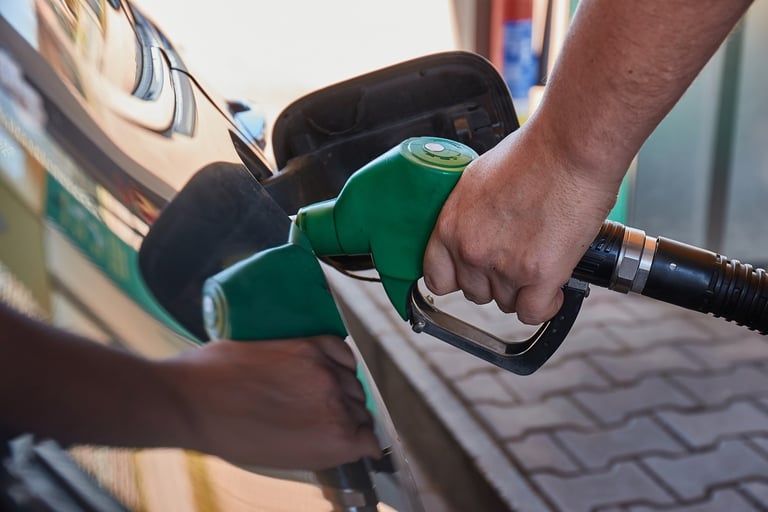A second Boeing jet intended for use by a Chinese airline was heading back to the U.S. on Monday, according to flight tracking data, in what seems to be another casualty of the retaliatory bilateral tariffs initiated by President Donald Trump in his global trade offensive. The 737 MAX 8 landed in the U.S. territory of Guam on Monday after departing from Boeing’s Zhoushan completion center near Shanghai, as revealed by data from the flight tracking website AirNav Radar.
Guam is one of the crucial stops these flights make on the 5,000-mile (8,000-km) journey across the Pacific Ocean between Boeing’s U.S. production hub in Seattle and the Zhoushan completion center, where planes are ferried by Boeing for final work and delivery to a Chinese carrier. On Sunday, a 737 MAX adorned with the livery for China’s Xiamen Airlines made the return journey from Zhoushan, landing at Seattle’s Boeing Field.
A spokesperson for Xiamen Airlines on Monday confirmed that two planes designated for the carrier had returned to the U.S., but declined to provide any specific reason for this decision. It remains unclear which party made the choice for the two aircraft to head back to the U.S., as reported by Reuters.
Read more: China raises tariffs on U.S. goods to 125 percent from 84 percent, says finance ministry
Impact of rising tariffs
This month, Trump raised baseline tariffs on Chinese imports to 145 percent. In retaliation, China has imposed a 125 percent tariff on U.S. goods. A Chinese airline taking delivery of a Boeing jet could be severely impacted by these tariffs, especially considering that a new 737 MAX has a market value of around $55 million, Reuters highlighted, citing aviation consultancy IBA.
Moreover, the return of the 737 MAX jets, Boeing’s best-selling model, serves as the latest indication of disruption in new aircraft deliveries stemming from a breakdown in the aerospace industry’s decades-old duty-free status.








